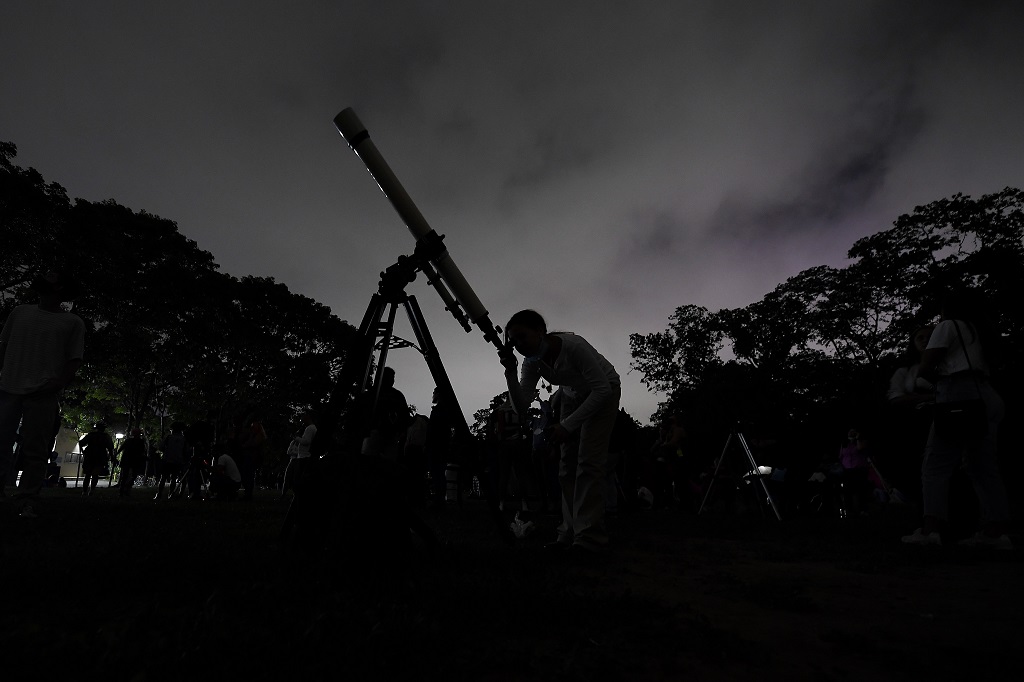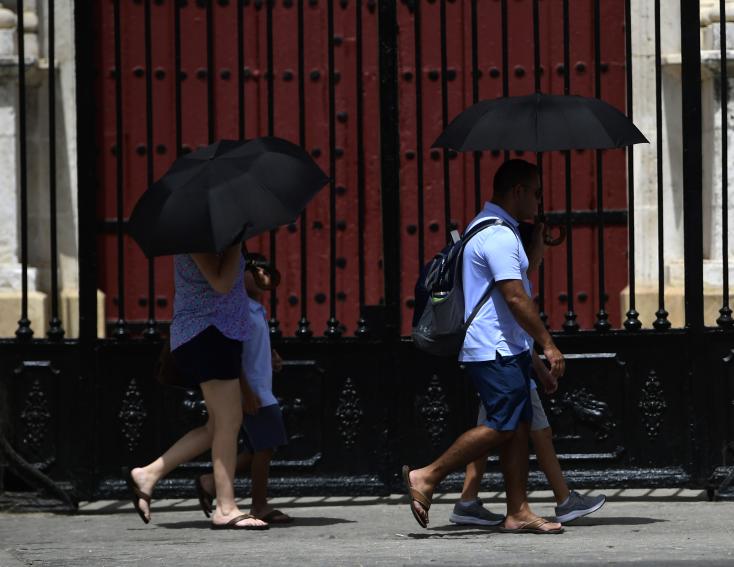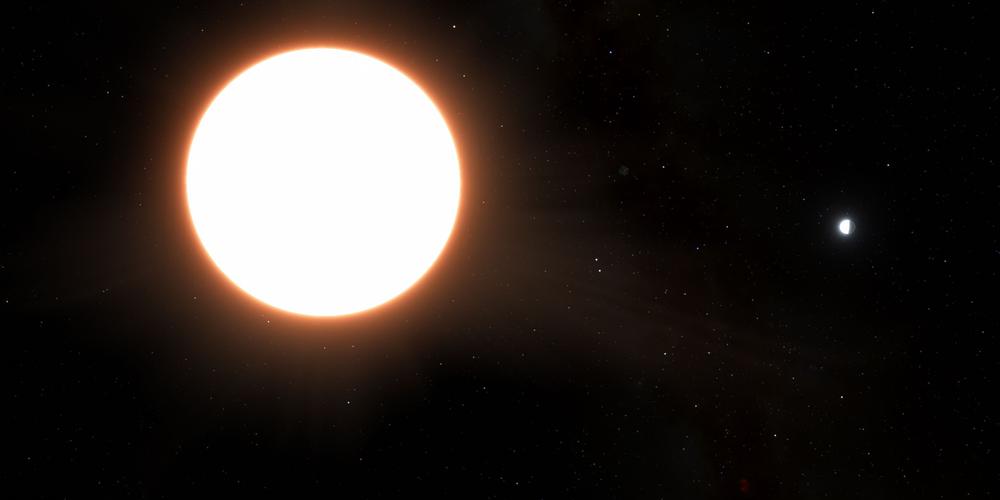FILE – A girl looks at the moon through a telescope in Caracas, Venezuela, Sunday, May 15, 2022. Six planets will line up in the early morning sky on June 3, 2024, but most will not be visible to the eye naked. A planetary parade occurs relatively often when several planets align on the right side of the sun, making them visible through a narrow band of our sky. (AP Photo/Matias Delacroix)

Six planets will connect before dawn on June 3 in what is called a planetary parade. But the spectacle will not be as eye-catching as expected: only two planets will be visible to the naked eye.
Here’s what you need to know about this fairly common celestial event.
WHAT IS A PARADE OF PLANETS?
The planets in our solar system wrap around the sun at an angle. Occasionally, several align on the right side of the sun to be visible through a narrow band of Earth’s sky.
How frequent the phenomenon is depends on how many planets align and whether or not they are visible without binoculars or a telescope. A handful of planets are usually in the night sky at any given time, although they may be obscured below the horizon or blocked by sunlight.
WHAT WILL BE VISIBLE DURING THE PLANET PARADE?
Unfortunately, this planetary parade of Mercury, Mars, Jupiter, Saturn, Uranus and Neptune won’t offer much of a view.
“The sun is going to bombard the parade,” said Ronald Gamble, a theoretical astrophysicist at NASA’s Goddard Space Flight Center.
Mercury and Jupiter will be too close to the horizon to be visible, blotted out by the rising sun. Uranus and Neptune can only be seen with a telescope, although Uranus may be too close to the sun to be visible.
Early risers can still look east to spot a fading crescent moon in the lower left, followed by a faintly red Mars and a pale yellow dot of Saturn. Both planets are already visible early in the morning and will be visible for much of the summer.
WHAT ELSE CAN I SPOT IN THE SKY THIS SUMMER?
While June’s global parade may not dazzle, the night sky still offers wonders to spot.
Summer offers great weather for exploring the night sky with a star or planet viewing app, said Michelle Nichols at Chicago’s Adler Planetarium.
And the annual Perseid meteor shower is expected to peak in mid-August with rapid streaks of light. Nichols recommends viewing the shower away from city lights and allowing your eyes to adjust to the darkness for prime viewing.
___
By ADITHI RAMAKRISHNAN AP Science Editor












